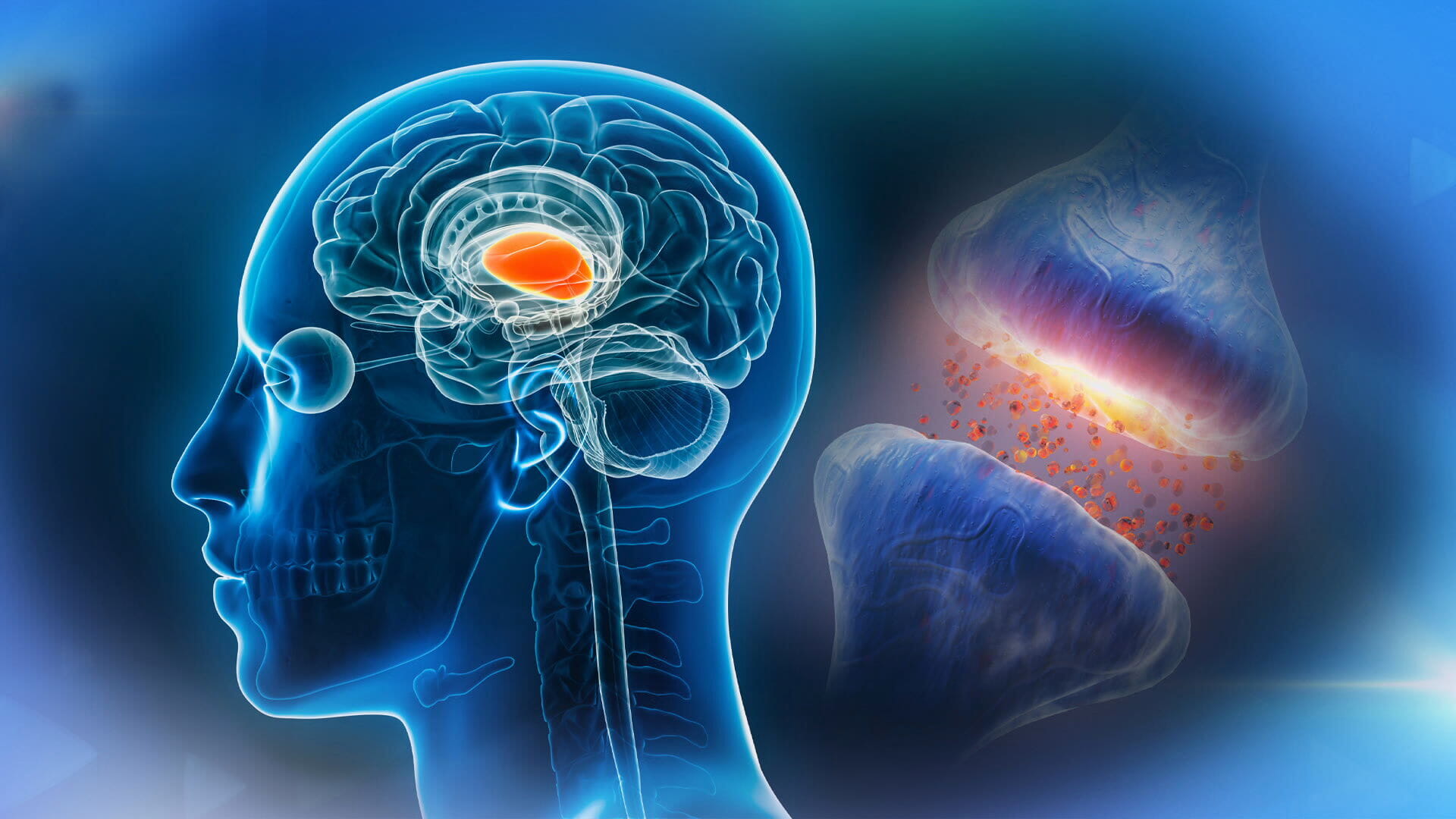Scientists in Aberdeen have made a ground-breaking discovery that could revolutionise treatment for chronic pain.
Researchers from the University of Aberdeen, Academia Sinica in Taiwan and a group of international experts have discovered that chronic and acute pain are physiologically different.
It is hoped the breakthrough will lead to new treatments for conditions such as fibromyalgia and rheumatoid arthritis.
Marlene Lowe knows only too well what it’s like living with debilitating pain.
The 35-year-old suffers from both chronic fatigue and fibromyalgia, which causes widespread pain.
Often dismissed by the healthcare system, she says these conditions can feel like an invisible burden.
 STV News
STV NewsShe told STV News: “One day you can be perfectly fine and you can go for a jog and the next day it is difficult to get out of bed. It’s hard to balance those things out, so when you are in that state, people don’t see you.
“They see you when you are feeling better and out and about. It’s incredibly demoralising to say ‘look, I’m in agonising pain constantly’ and someone says ‘But you are still working, you must be alright’.”
Marlene is one of millions who suffer from persistent chronic pain which, unlike acute pain – typically caused by injury – is very hard to treat.
New understanding of chronic pain
Until now, Western cultures have not differentiated between the two.
But scientists at Aberdeen University, together with experts from Taiwan, have discovered that in the nervous system, chronic pain is processed differently from the pain that comes from an injury or over exertion.
Crucially, they found a new and distinct separate physiological pathway for this chronic type of pain, which means it can now be a target for future therapies.
Dr Guy Bewick is a senior lecturer in biomedical science at the University of Aberdeen.
“The GP cannot give these patients anything to relieve the pain. It doesn’t respond to painkillers,” he said.
“They have to give them moral support and advise them on things they should or shouldn’t do, which will make it worse or better.
“But we think we have found the pathway. We have a model and we have found out how that gets turned on by two specific set of nerves, which are talking to each other.”
 STV News
STV NewsHe explained that Eastern cultures have differentiated pain for centuries, with chronic pain being called ‘sng’ or ‘suan tong’ (sour pain) in Mandarin.
“The stinging pain from sharp objects and surgery can usually be treated effectively with common painkillers, but chronic pain often cannot,” he added.
“New treatments require an identifiably different drug target. This study has found that target. Specifically, we discovered the mechanism of this pain we call ‘sng’.”
Dr Bewick’s team discovered that a molecule called glutamate is released in muscles to activate a highly unusual receptor. This sparked a collaboration with Professor Chen’s team in Taiwan who found that too much glutamate release activated pain nerves nearby making them permanently active and not switch off as they normally would.
Crucially, they then discovered that blocking the newly discovered, highly unusual, glutamate receptor entirely stopped the chronic pain being triggered.
‘Findings could lead to new pain relief treatments’
 STV News
STV NewsScientists hope their findings will help develop new treatments for conditions such as fibromyalgia and rheumatoid arthritis.
“It’s this ache which can become chronic and very distressing to some people,” Dr Bewick said.
“The acute pain responds well to painkillers; whereas the second pathway, people didn’t know what it was.
“This has the potential to help the many people whose pain is currently inadequately treated.”
The wider research was led by Professor Chih-Cheng Chen from Academia Sinica, supported by National Science and Technology Council’s Brain Technology Project and an Investigator Award of Academia Sinica.
They were able to differentiate between the two types of pain by genetically silencing neuronal pathways in a mouse model. At the Taipei Medical University Hospital in Taiwan, the theory was then tested in practice in a patient with a spinal cord injury that blocked ‘standard’ pain but spared the newly discovered pathway.
Professor Chen said: “Fundamentally, we found that sng persists even in people who have lost other pain sensation, for example, a patient with spinal cord damage did not notice when he had broken a toe but could still perceive ‘sng’ and position in the same leg.
“Clearly, therefore, sng is a separate pathway.
“This finding could lead to new pain relief treatments for such conditions as fibromyalgia, exercise-induced muscle pain (DOMS), rheumatoid arthritis, and chronic pain after spinal surgery.
“It is a truly ground-breaking discovery in pain research.”
Follow STV News on WhatsApp
Scan the QR code on your mobile device for all the latest news from around the country




























